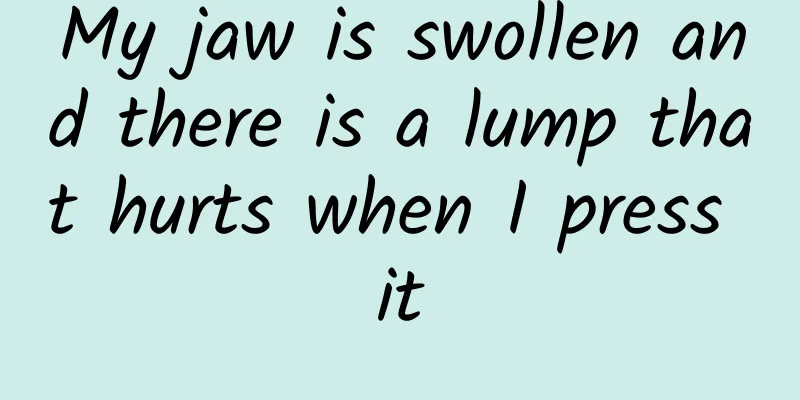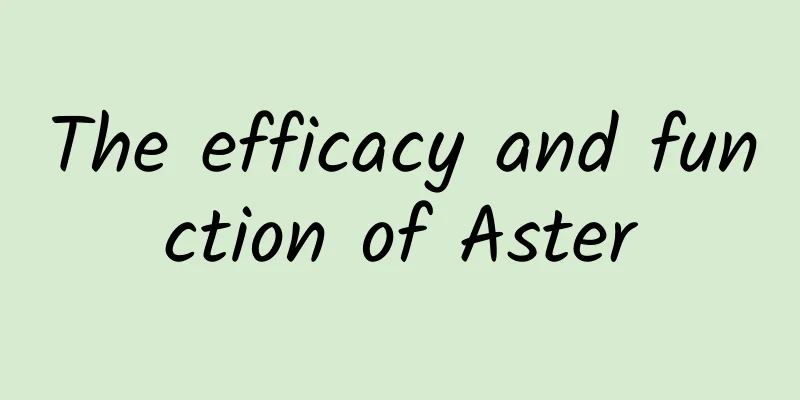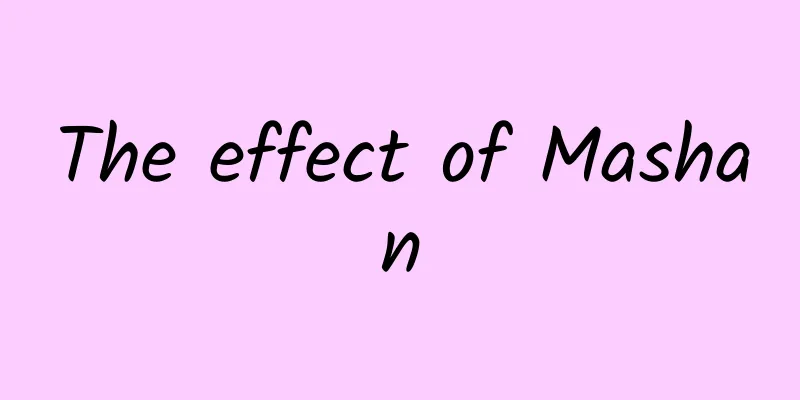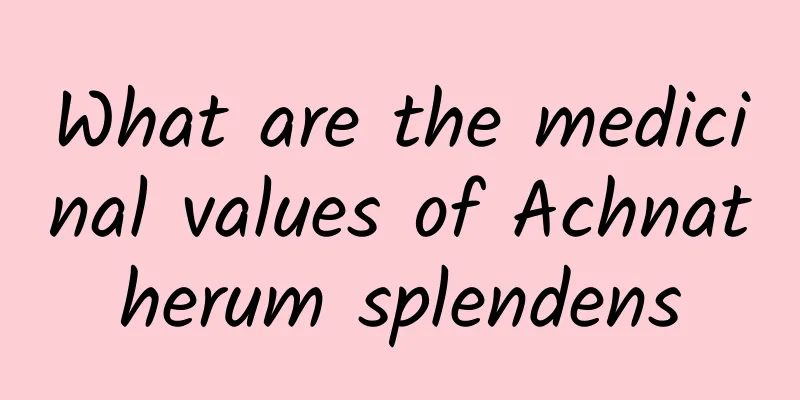My jaw is swollen and there is a lump that hurts when I press it

|
Some friends will find that their chin is swollen in life. If they touch it, they feel a lump, and if they press it, it hurts. In fact, this situation is likely to be caused by a disease called submandibular glanditis. If the condition is not very serious, you can recover by going to the hospital for examination and medication. If the condition is severe, surgery may be required. Sialadenitis of submandibular gland refers to inflammation of the submandibular gland. It is mostly caused by stones in the glandular duct blocking the duct, resulting in obstruction of saliva excretion and secondary inflammation. The main symptom is repeated swelling of the submandibular gland during eating. The main cause of submandibular gland inflammation is obstruction of the submandibular gland duct by stones, but the cause of stone formation is not very clear. It may be related to some of the following factors: saliva retention caused by foreign objects, inflammation, etc., calcium and phosphorus metabolism disorders in the body, and some patients have stones in other parts of the body. Prone groups It can occur at any age, with no obvious gender difference, and is more common in young and middle-aged people aged 20 to 40. Symptoms (1) When eating, the submandibular gland swells and there is a feeling of distension and pain. Sometimes there may be severe stabbing pain, accompanied by pain in the tongue on the same side, radiating to the ear or neck. Soon after eating stops, the swelling of the gland subsides on its own and the pain disappears. (2) The mucosa at the opening of the submandibular gland duct is red and swollen, and purulent secretions can be seen overflowing from the duct opening when the gland is squeezed. (3) If there is an intraductal stone, a hard lump can be felt upon palpation and there is tenderness. (4) The disease may recur and the inflammation may spread to surrounding tissues. complication The main complications of submandibular gland inflammation are submandibular gland atrophy and submandibular space infection. Conservative treatment When the stones are small, you can eat acidic foods or take oral medications to promote saliva secretion, massage the glands, accelerate saliva secretion, and promote the discharge of stones. Surgery 1. Incision and stone removal: Suitable for palpable stones located in front of the second molar, where the gland has not yet become fibrotic and is functional. The method is to make a longitudinal incision in the duct at the site of the stone and remove the stone. After surgery, keep the catheter open and promote saliva secretion to avoid re-blockage. 2. Submandibular gland resection: For stones located in the posterior part of the duct or the salivary gland, or for patients with chronic recurrent submandibular gland inflammation that has caused the submandibular gland to sclerosis and atrophy and loss of function, submandibular gland resection may be considered. 3. Sialoscopic stone removal: A sialoscope is inserted into the duct from the duct opening. After the stone is seen with an endoscope, it is removed with special tools at the same time. This method is relatively less invasive and is a new emerging treatment method. 4. Other treatments Lithotripsy: Use extracorporeal shock wave technology to dislodge larger stones at the back and allow them to pass out on their own. |
<<: What are the taboos of eating Gastrodia elata?
>>: What are the effects and functions of carambola root?
Recommend
The efficacy and function of twisted sheath citronella
Cymbopogon truncatum is a kind of traditional Chi...
The efficacy and function of golden vine
Everyone is familiar with golden vine, of course ...
Although he is the "king" of penguins, he always acts cute in Antarctica
In the silvery white world of Antarctica, a group...
The efficacy and function of fir leaves
The efficacy and function of the Chinese medicina...
The efficacy and function of persimmon
Traditional Chinese medicine has a history of tho...
After watching the movie "Twister", I had this to say, "Why does the intensity of a tornado have to be determined on the spot?"
I watched the newly released movie "Twister&...
The efficacy and function of field curled ears
I wonder if you have ever heard of the field ear....
Is myopia laser surgery suitable for most people? You may not know these taboos
The college entrance examination season is over, ...
The efficacy and function of Lulutong
Many things in life happen inadvertently, and the...
Rains at the turn of spring and summer bring forth all kinds of grains. What is the significance of “Gu Yu” to agricultural production?
April is halfway through, and the weather is gett...
The efficacy and function of flowers on leaves
Leaf flowers have a long history, and until now, ...
The latest research: Eating more than this amount of eggs per week can actually reduce the risk of diabetes and high blood pressure!
Eggs are probably one of the most common foods in...
Why do some people have no pores? They are just smaller
The simplest meaning of pore is "hole where ...
Pistol shrimp is the key to nuclear fusion? British company imitates the shock wave of pistol shrimp attack to achieve fusion breakthrough
The development and progress of mankind is essent...
If humans became as small as insects, could they still rule the earth?
It took humans only 3 million years to achieve th...









